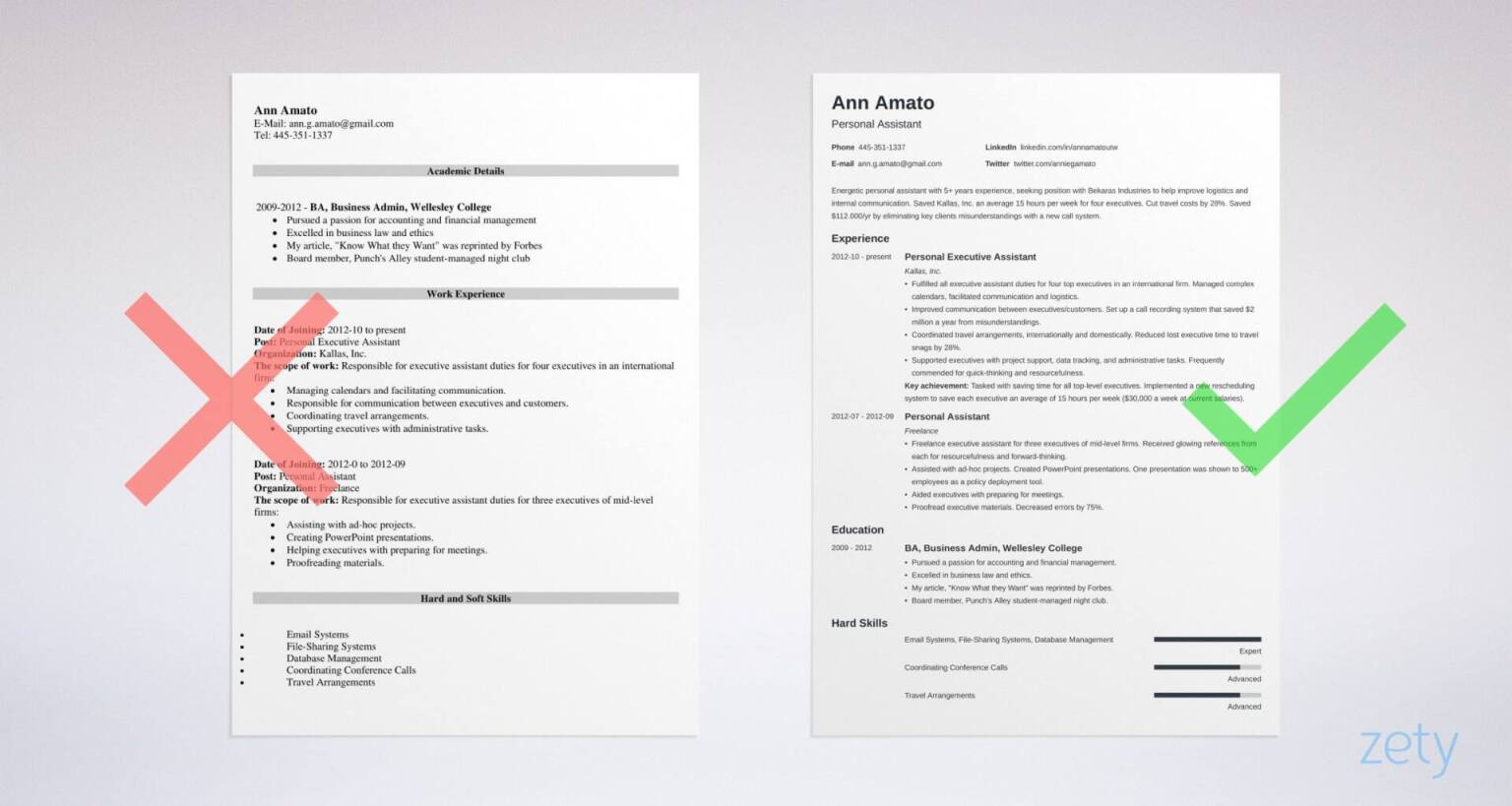Resume Formatting: Essential Tips for a Professional Look

Your resume is often the first impression you make on potential employers. A well-formatted resume not only looks professional but also enhances readability, making it easier for hiring managers to find the information they need. Whether you’re updating your current resume or starting from scratch, these essential tips will help you create a document that stands out.
Choose the Right Resume Format

Selecting the appropriate resume format is crucial. The three most common formats are chronological, functional, and combination.
- Chronological: Ideal for those with a consistent work history, this format lists your experience in reverse chronological order.
- Functional: Focuses on skills and accomplishments, making it suitable for career changers or those with employment gaps.
- Combination: Blends the best of both worlds, highlighting skills and work history.
📌 Note: Tailor your format to the job you're applying for to maximize relevance.
Use a Clean and Professional Layout

A clean layout ensures your resume is easy to scan. Stick to a one-page resume unless you have extensive experience. Use clear section headings like “Work Experience,” “Education,” and “Skills” to organize content.
- Font: Use a professional font like Arial, Calibri, or Times New Roman in 10–12 point size.
- Margins: Keep margins between 0.5 and 1 inch for a balanced look.
- Bullet Points: Use them to list achievements and responsibilities for better readability.
Highlight Key Information

Make important details pop by using bold, italics, or uppercase letters sparingly. Highlight your name, job title, and section headers. Avoid overusing these elements to maintain a clean appearance.
Consistency is Key

Maintain consistency in formatting throughout your resume. This includes font style, bullet point formats, and date formats. Inconsistent formatting can make your resume look unprofessional.
| Element | Recommendation |
|---|---|
| Font | Stick to one or two fonts max |
| Dates | Use the same format (e.g., MM/YYYY) |
| Bullet Points | Use the same style throughout |

Save in the Right Format

Save your resume as a PDF to preserve formatting across devices. Word documents can sometimes alter the layout when opened on different systems.
📌 Note: Double-check your resume’s appearance after converting it to PDF.
A well-formatted resume is your ticket to making a strong first impression. By choosing the right format, maintaining consistency, and highlighting key information, you can create a professional document that catches the eye of hiring managers. Remember, clarity and simplicity are your best tools in resume formatting.
What is the best resume format for beginners?
+For beginners, a functional resume is often the best choice as it focuses on skills and accomplishments rather than work history.
Should I include a photo on my resume?
+In most cases, it’s best to avoid including a photo unless specifically requested, as it can introduce bias and take up valuable space.
How long should my resume be?
+Aim for a one-page resume unless you have extensive experience. Keep it concise and focused on relevant information.
resume formatting, professional resume, resume tips, resume layout, resume design,resume writing,job application,career advice,resume builder,resume templates


